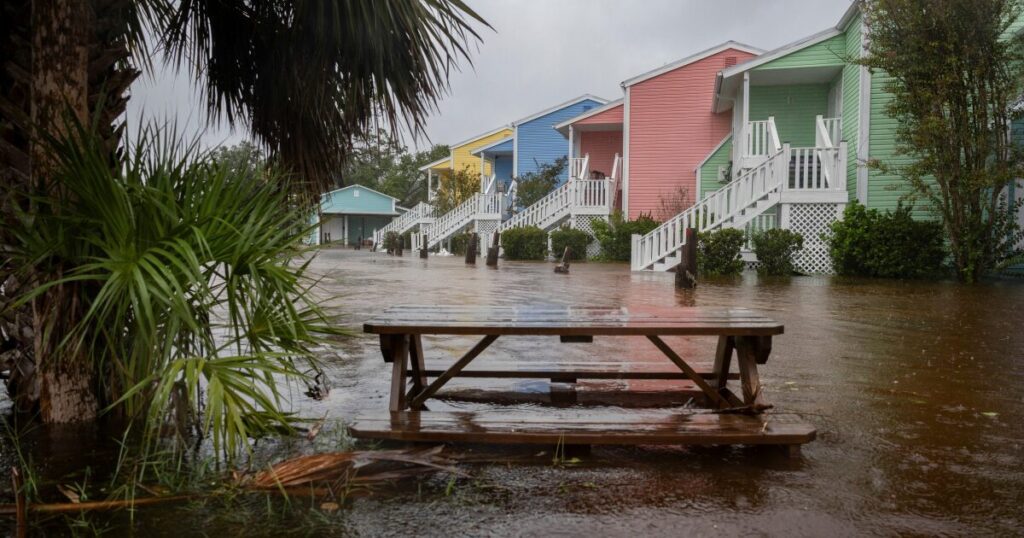How catastrophe costs are affecting insurance availability

Even before the recent back-to-back catastrophic hurricanes Helene and Milton, property-related losses from natural disasters and other risks rose for the seventh consecutive year in 2023, LexisNexis Risk Solutions found.
Lost cost from all perils, including hail; wind, water, fire and lightning; and non-weather related claims such as water leaks, thefts or liability, increased by 4.1% over 2022, while frequency rose 52%.
Since 2019, the increases were 11% and 16.9% respectively. Loss severity compared with that year was up 28.9%, although it was down by 6.3% versus 2022.
“In the last year, the U.S. saw several historic-level weather disaster events and the highest level of catastrophic claims across all perils we’ve seen in the past seven years, which contributes to rising premiums that consumers across the country face right now,” said Cole Winans, vice president, home insurance, LexisNexis Risk Solutions, in a press release.
Homeowners insurance costs have been on the rise, and that affordability problem has become a concern for mortgage lenders and servicers.
The impact of these events are likely to impact availability of property coverage.
“Even as more insurers are likely to see rate increases approved in certain states in the coming months, they will need to be discerning in writing new business only in those pockets where they can do so profitably and that will be on a carrier-by-carrier and state-by-state basis,” Winans said.
A recent Weiss Ratings analysis claimed insurers are already looking to cut costs for reasons relating to climate change, with 13 of the largest denying more than half of their claims last year.
During 2023, the U.S. suffered 28 weather and climate disasters, with each surpassing $1 billion in damages, LexisNexis said. Of that total, 17 were attributed to severe weather or hail events.
Last year, the U.S. experienced 6,962 hail events, That was an increase of 57.3% from 2022, with 71% of the related claims deemed catastrophic.
Wind peril frequency rose 14.8%, with the loss cost increasing 0.7% year-over-year. Severity for that period fell 12.3% with the highest loss cost and frequency related to March events.
In addition, 62% of wind claims were considered to be catastrophic claims, up from 52% the year prior.
Weather-related water perils trended in the opposite direction, down 51.4% in loss cost, 25.5% in frequency and 34.8% in severity, with 61% of claims considered catastrophic.
“When we look at peril data over a seven-year span, it’s increasingly clear that home insurers cannot rely on short-term trends alone to make fully informed decisions about their books of business and operational strategies,” said George Hosfield, associate vice president, home insurance, LexisNexis Risk Solutions. “For example, while hail loss cost surged by 57.9% in a one-year observance, the longer-term trend shows consistent increases across all perils year-over-year.”
Regarding those more recent events, Selma Hepp, chief economist at CoreLogic feels those will have a long-lasting impact on housing in Florida, up the east coast into the Carolinas.
Florida is already experiencing weakness in its real estate market, she said in an Oct. 10 comment.
“Rising insurance costs are a prominent concern for homeowners and potential buyers,” Hepp said. “Homeowners in any affected markets who didn’t have appropriate insurance damage coverage may be losing all of their hard- and long-earned home equity on which they relied for a financial buffer in times of economic hardship.”
Property investors are also affected, and will be more cautious regarding doing business in areas that are perceived to be at an increased risk of negative climate events, Hepp said. That could further weaken any struggling markets.



